Affiliate links on Android Authority may earn us a commission. Learn more.
Can phones get any better? Really?
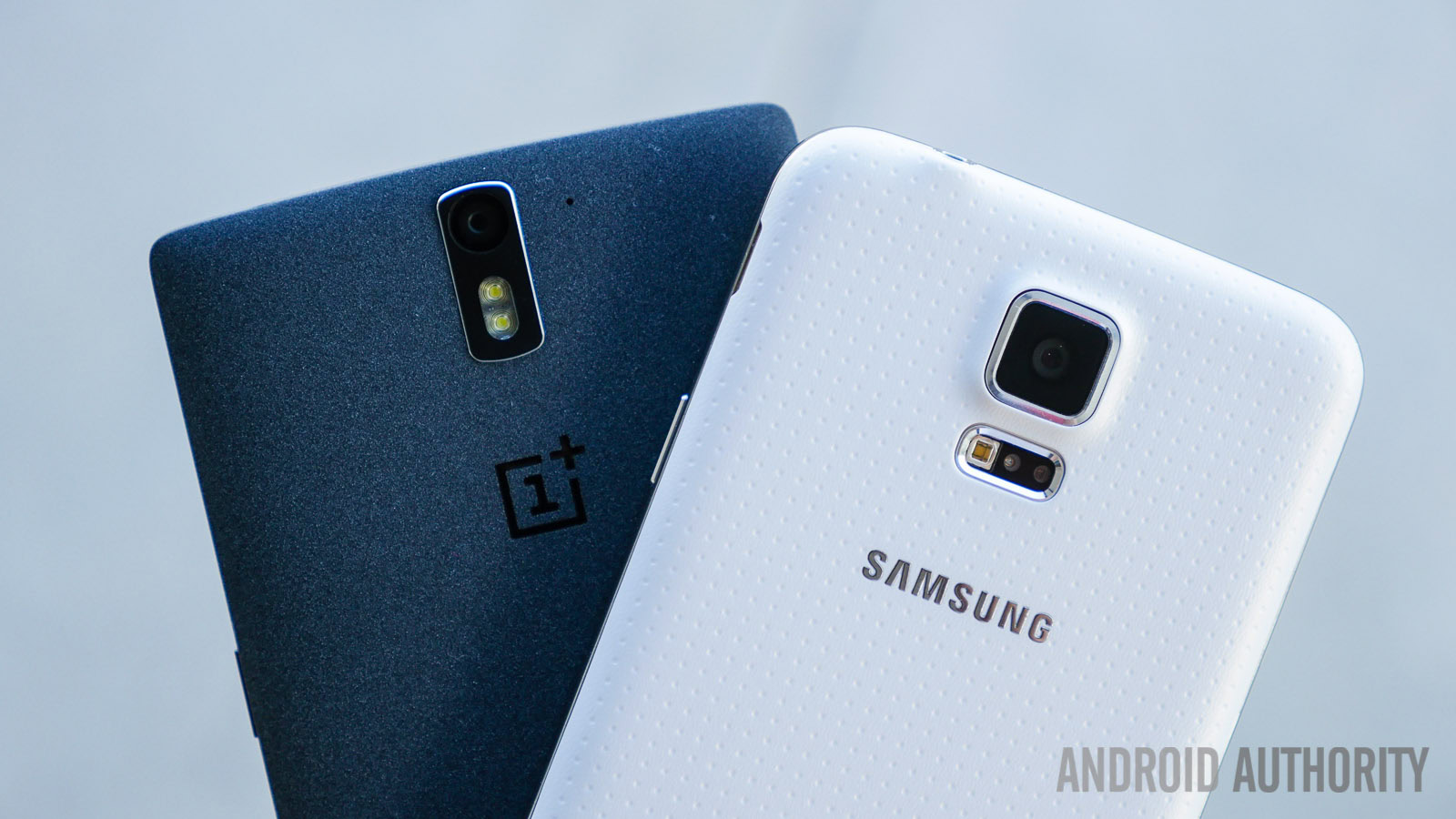
Innovation in the smartphone market has slowed to a crawl. Maybe it has plateaued. Smartphone penetration is extremely high in many markets. The law of diminishing returns must be kicking in for OEMs seeking an edge that will enable their latest flagship to catch the eye as it slips out into an already packed ocean. If you don’t like the look of it, no worries, there’ll be another one along any minute.
As the market fully matures the battle shifts from innovative tech to price vs brand. It’s not a foregone conclusion. There’s always room for a surprise killer USP, or a technological breakthrough that triggers an avalanche of sales. The growth of wearables presents a whole new world of possibilities and smartphones will be at the center of it, just as they’ll power Android’s move into our cars and homes.
As the market fully matures the battle shifts from innovative tech to price vs brand.
But for the most part we are keeping our phones for longer and every upgrade is less of a jump than the last. There’s a shift away from the 20 to 24 month contract cycle and subsidized phones. Some two year-old smartphones can still hold their own. If you buy a flagship smartphone today what’s going to tempt you to upgrade in two years’ time? How can our phones get better?
Battery
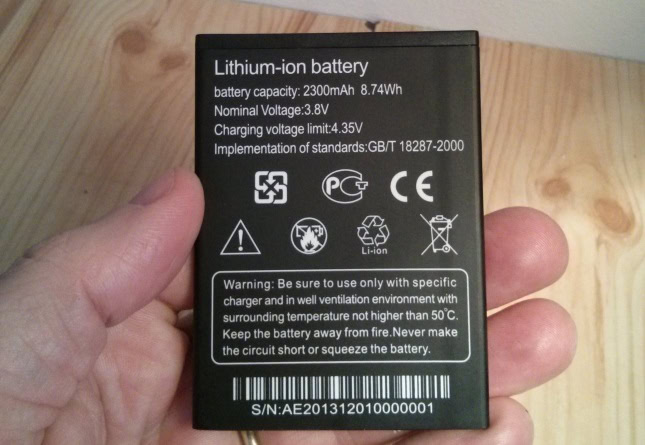
This is obviously going to top any poll, including the one down below. Screens keep getting bigger, many of the latest apps and games are more demanding, and hardware is growing more power-hungry with every new release. Anyone embracing the wearable technology trend can hardly fail to notice the extra demands that devices like smartwatches are putting on our smartphones. We need better battery technology. There are three main ways this can be tackled and a mixture of the three would be ideal.
- Bigger capacity without a major increase in size. The battery is still the biggest and heaviest single component under that touchscreen and it will take a breakthrough to change that. We’re hearing about potential breakthroughs all the time, using everything from graphene to hemp, we just need one of them to graduate from research to market.
- Faster charging cycle. If you could plug your smartphone in and it was fully charged within a minute or two, then the pain of discovering you forgot to plug it in as you make to leave the house five minutes late would be blissfully consigned to the past.
- Wireless charging from a distance. Wireless charging technology is still mired in a battle over standards and most of what’s on the market is rubbish. Slower than a wall charger, but requiring contact. What we really want is something that charges the smartphone in your pocket.
Display
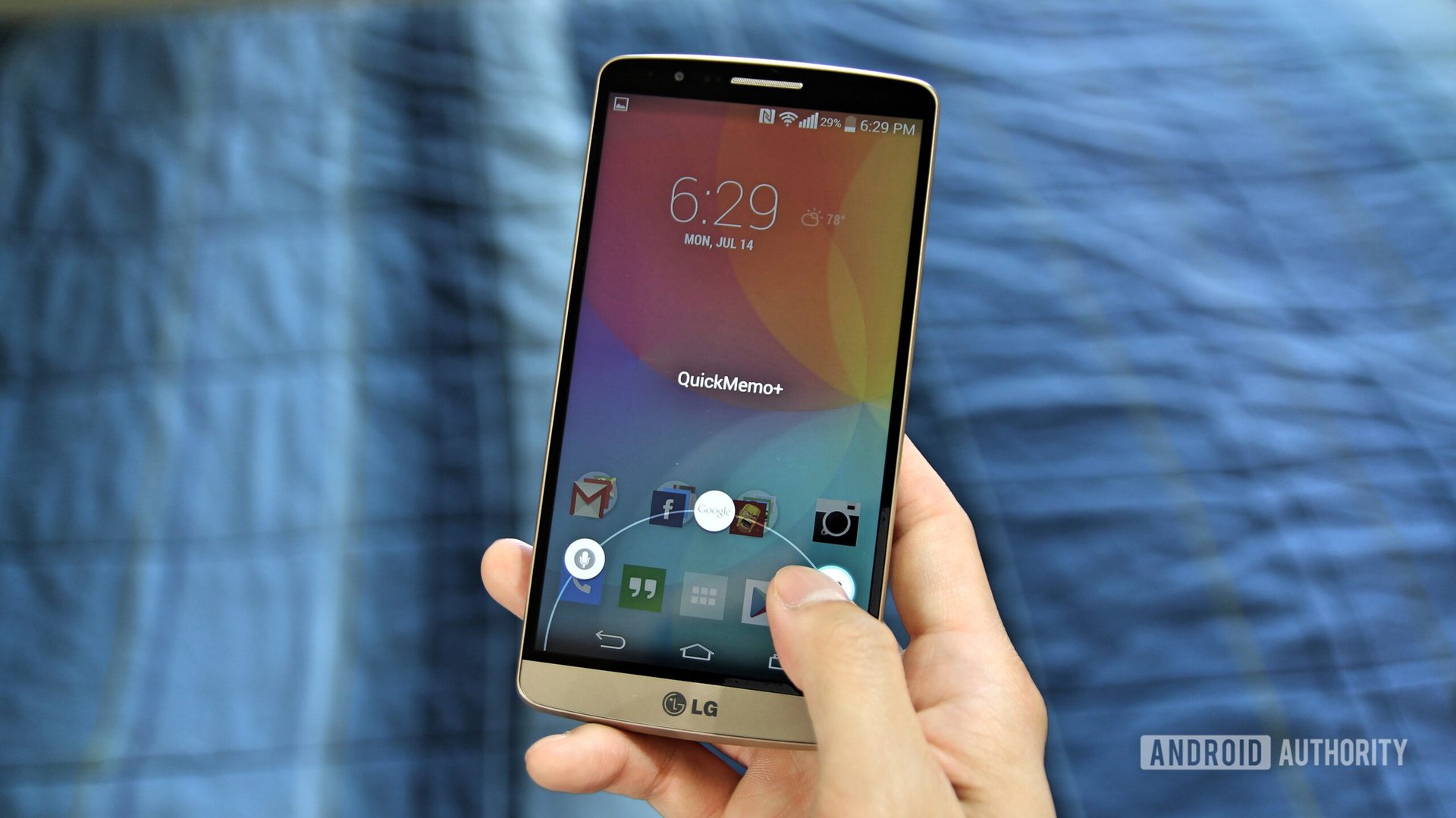
We’ve just reached full 1080p HD as a standard and we’re already seeing 2K displays; you know that 4K is next. Do we really need better displays? It can sound ridiculous to think we need a higher resolution screen on a smartphone than on the big TV in our living room, but most of us (if not our kids) don’t sit with our noses virtually touching the TV screen, whereas we hold smartphone screens very close to our faces.
Apple claimed that we couldn’t see beyond Retina displays and their pixel-per-inch rating is 326. The LG G3 has a ppi of 534. There isn’t definite agreement on this point, but the general consensus seems to be that 500ppi is going to be high enough that the vast majority of people will be unable to discern a pixel. Even if we set the maximum at 600ppi it looks like 4K is overkill. Instead of focusing on the resolution we could use improvements that reduce the power required and don’t produce as much heat, not to mention color accuracy, brightness, saturation, or any of the other factors that make a great display.
Toughness
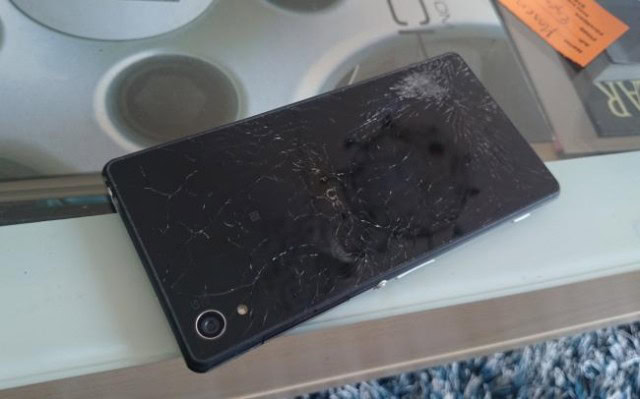
This might actually be the biggest improvement we’ve seen in the last two-year cycle. There are actually a few phones on the market now that can survive a dip and be comfortably used in the rain. If they could also survive a fall without any obvious ill effects we’d be ecstatic. Of course, case manufacturers might not be so happy.
Can smartphones get a lot tougher? Do we need them to? The top causes of smartphone damage are falls, dunks, being sat or stood on, being left on the roof of a car, and children. It’s virtually impossible to find reliable statistics for broken smartphones, but we can safely say a lot of people kill their smartphones every year. Indestructability would be nice, but how much can things really be improved here without bumping the price tag up?
Longevity
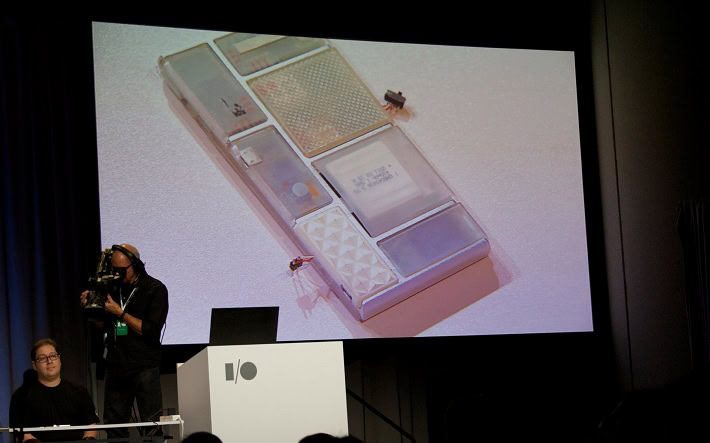
Since we’re going to keep our smartphones for longer, how about improving their longevity? This is a tricky one. The world of modern consumer electronics has certainly embraced planned obsolescence. It’s one of those perniciously wasteful aspects of capitalism that you can imagine future generations will curse us for. Manufacturers and carriers don’t want us to keep our smartphones and repair them; they want us to buy a new one instead.
It’s going to be very tough for a modular phone to succeed because all the incumbents in the industry have a vested interest in seeing it fail.
There has been some talk about how a modular system might increase longevity. We’ve all seen Project Ara. But would that actually solve the problem? If it isn’t wildly successful then it’s always going to come at a premium compared to mass manufactured handsets from the leading OEMs, which will be comparatively more powerful for less money. It’s going to be very tough for a modular phone to succeed because all the incumbents in the industry have a vested interest in seeing it fail.
There must be room for an OEM to take up the reliability mantle. There’s one in every industry, like Honda in auto, producing goods that are built to last.
Something else
There are obviously other ways that smartphones can improve, but quite a few functions seem to be good enough already. Cameras have really jumped in the last couple of years, but they may have hit a ceiling that’s unbreakable in the popular smartphone form factor. What else do we really need? Vote and tell us what you think in the comments
[poll id=”714″]